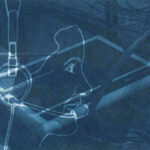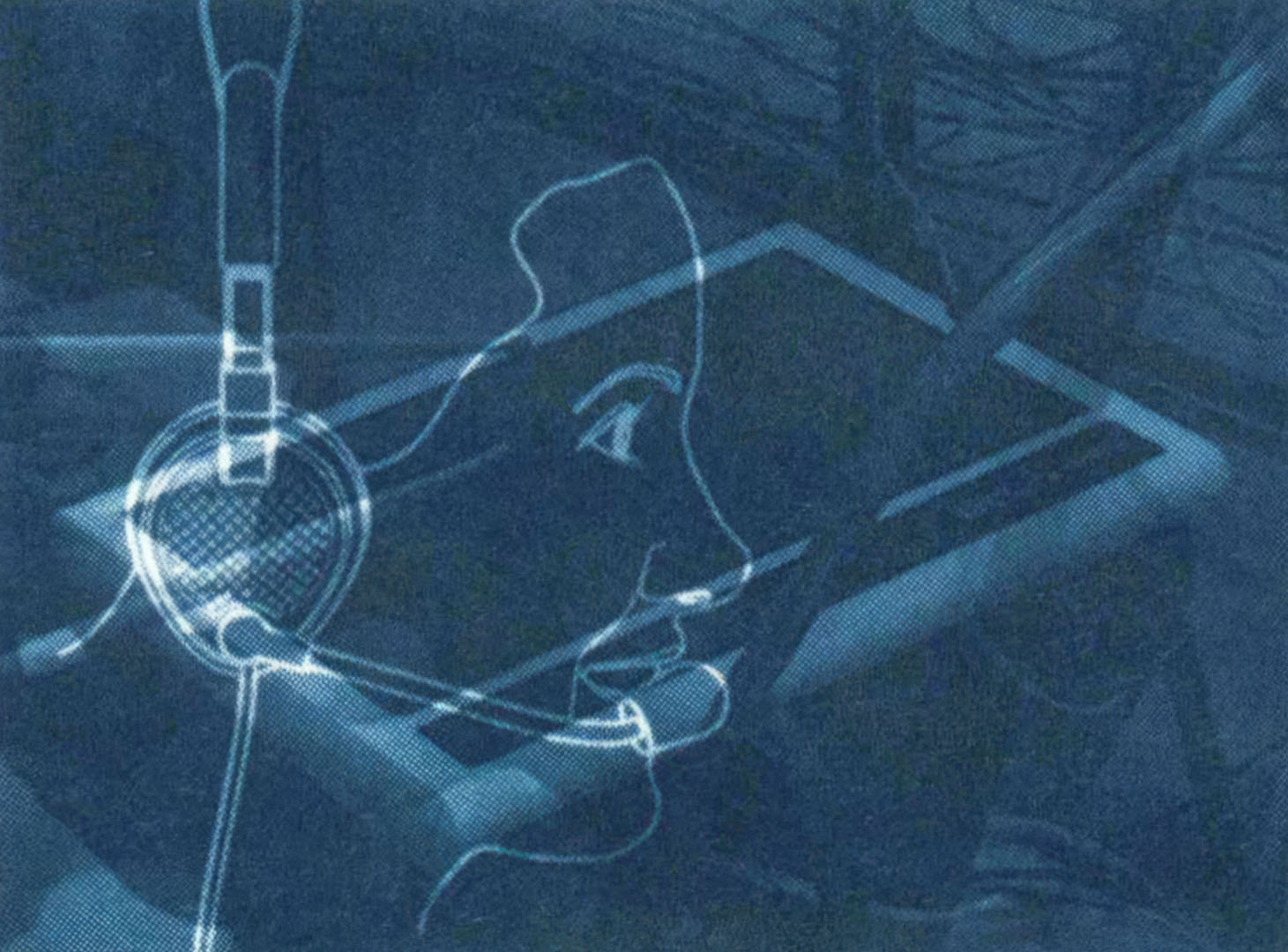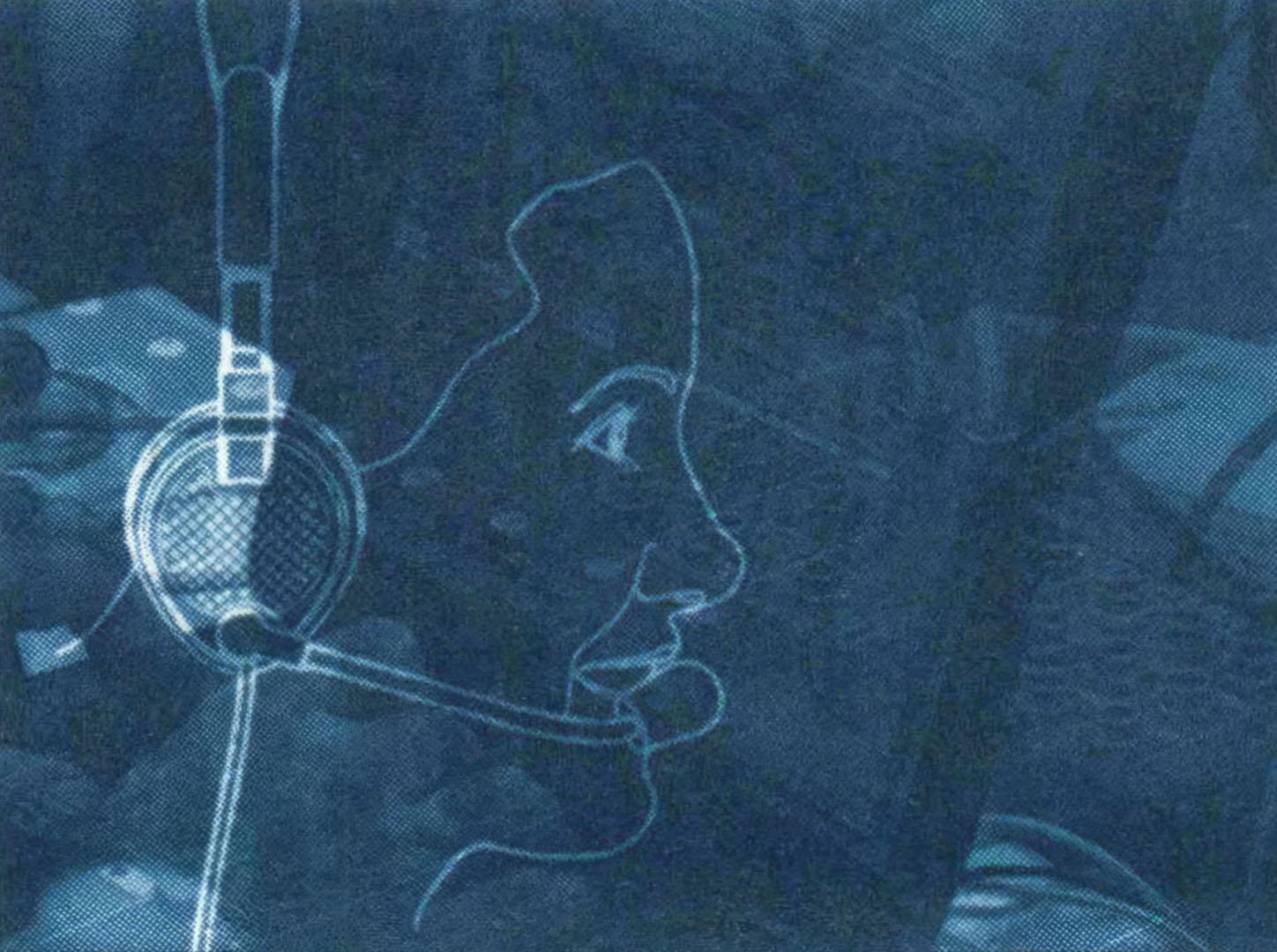“D System” by Takashi Kojima, Suguru Yamaguchi, Itoken, Yuko Nexus, Jerome Joy, Renaud Vercey, Colette Tron, Peter Sinclair
Title:
- D System
Artist(s) and People Involved:
- Takashi Kojima
-
- PACJAP
- Suguru Yamaguchi
-
- PACJAP
- Itoken
-
- PACJAP
- Yuko Nexus
-
- PACJAP
- Jerome Joy
-
- PACJAP
- Renaud Vercey
-
- PACJAP
- Colette Tron
-
- PACJAP
- Alphabetville
- Peter Sinclair
-
- PACJAP
Performers:
Symposium:
Venue(s):
Artist Statement:
PACJAP is a franco-japanese collaborative group and project about new investigations in computer, music and the internet. This project gathers artists from Japan and France around the emergences of new forms and researches with the use of new technologies (Max-MSP, etc.). This project was initiated by A.M.I., National Centre for Modem Musics Development from Marseille/France. The objective is to release new tools (such as D-system) for real interaction between music and computers. This workshop count around ten participants, five japanese and five french, who meet each year, for two ten days sessions (one in Japan, one in Marseille), during three years : 2000-2001-2002.
Following several contacts, or after attending several festivals, it occurs that one of the fist wishes of internet operators remains paradoxally the need to meet physically and informally in a specific place. Working together in front of the same computer cannot be totally replaced by a virtual relation. The extraordinary vitality of the new Electronic Festivals is a true witness of the importance of this physical meetings.
We know that technology is far from having reached its limits. It is therefore more interesting to overcome the actual limits (“Sound on Internet is not perfect”, “down-loading is long”, “tele-payement is not efficient”, etc.), and to work on a content prospective (“what will be the model for music-circulation”, “how collective instant composition will work”, “will the keyboard be replaced”, “what will be the interaction between sound and image”, etc.). The whole process must be visualised in the next five years or more. Therefore, the general profile of the team members should be more artistically oriented.
Following the conversations with the concerned musicians, activities are organised around two directions: creation and diffusion. These two orientations are of course interactive, and, even if members have to choose their orientation, it does not seem reasonable to separate the two workshop sub-groups in terms of location. In the same care of considering the 21st century, recruiting will consider as a priority the youth factor. New forms of art introduce new thinking processes. Such a project, totally oriented on future, has to privilegiate new generations.
Sponsors:
Preceding sessions in Japan have been supported by ITT at NCC/Tokyo (2000), and Musashino University Sound Lab (2001).
Category:
All Works by the Performer(s) in This Archive:
- Takashi Kojima
- More Art Events from Takashi Kojima in this archive:

D System
[ISEA2002]- Suguru Yamaguchi
- More Art Events from Suguru Yamaguchi in this archive:

D System
[ISEA2002]- Itoken
- More Art Events from Itoken in this archive:

D System
[ISEA2002]- Yuko Nexus
- More Art Events from Yuko Nexus in this archive:

D System
[ISEA2002]- Jerome Joy
- More Art Events from Jerome Joy in this archive:

D System
[ISEA2002]- Renaud Vercey
- More Art Events from Renaud Vercey in this archive:

D System
[ISEA2002]- Colette Tron
- More Art Events from Colette Tron in this archive:

D System
[ISEA2002]- Peter Sinclair
- More Art Events from Peter Sinclair in this archive:

D System
[ISEA2002]






